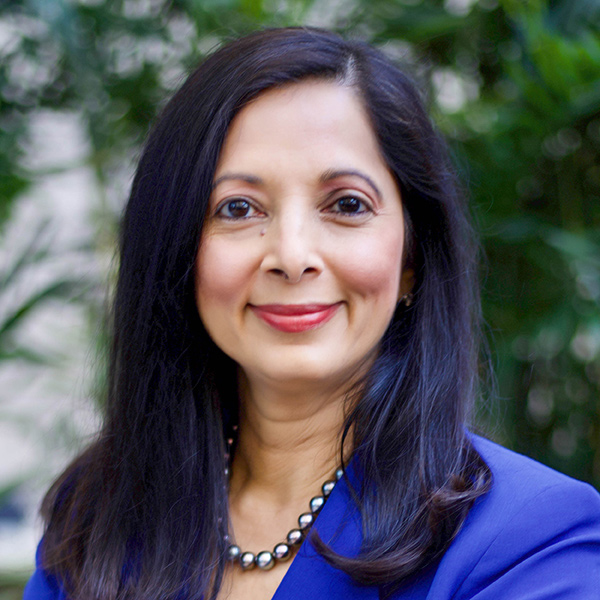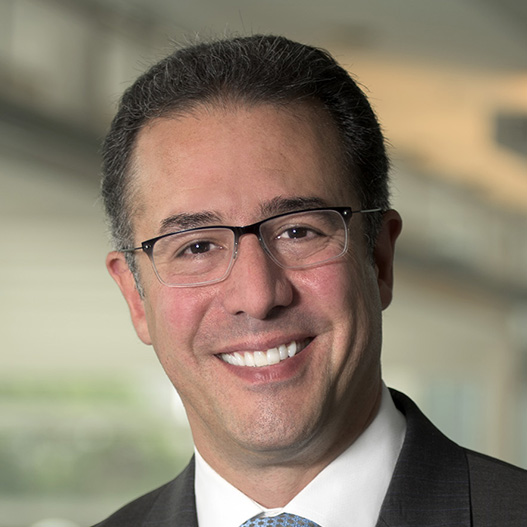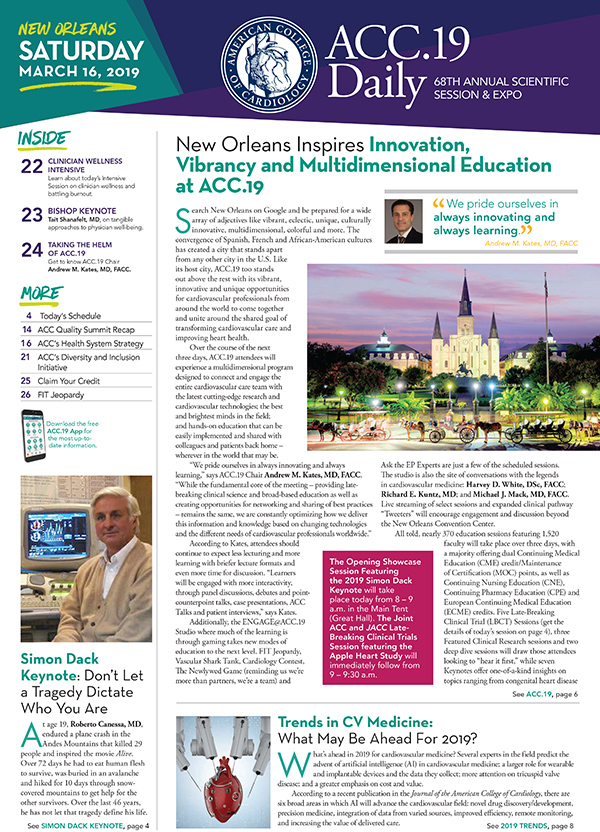Intensive Session Addresses Clinician Wellness and Battling Burnout

Major changes have been introduced to the health care system over the past decade. Some of those changes have withstood the test of time while others, such as the triple aim, have not fared as well. The triple aim has evolved into the quadruple aim to address the growing problem of physician burnout.
ACC's new Strategic Plan makes the quadruple aim, which will be highlighted during today's Clinician Wellness Intensive, a priority. The interactive session is the first of many ACC educational efforts to develop systems to combat burnout among health care providers and improve stressful cultures at institutions, according to the session co-chairs Dipti Itchhaporia, MD, FACC, and James L. Januzzi Jr., MD, FACC.
 Dipti Itchhaporia, MD, FACC
Dipti Itchhaporia, MD, FACC
 James L. Januzzi Jr., MD, FACC
James L. Januzzi Jr., MD, FACC
"The goal of the Intensive is to begin to foster a discussion that until recently we might not have done a good job of – that is, focusing on how we as caregivers can be acutely aware of our own vulnerabilities to stress and other demands put on us and how we might be able to help manage them. The ultimate goal is to do this with a greater focus on our own personal wellness," says Januzzi.
The Institute for Healthcare Improvement introduced the triple aim concept in 2007 to provide a framework for improved quality, patient satisfaction, better outcomes and reduced costs. The ACC and many major health care institutions made the triple aim part of their strategic plans, says Itchhaporia. However, the realities of the health care environment showed that administrative, regulatory and professional burdens were leading to growing clinician burnout.
"These realities were running counter to the goals of the triple aim and ultimately led to the call for a fourth aim addressing professional well-being," Itchhaporia explains. "Data show that burnout was associated with lower patient satisfaction, reduced outcomes and, probably, increased costs."
The Clinician Wellness Intensive I and II will take place today from 12:15 – 3:30 p.m. in Room 225.
Surveys report that almost half of U.S. physicians are experiencing burnout, with cardiology ranking second to nephrology among specialties affected by the problem. In response, College is taking steps to give members tools to reduce burnout at the personal and professional levels as well as tools they can share with their organizations.
"In today's Intensive, we are really hoping for an interactive experience with the audience participating, sending questions and coming away with an individualized plan for their own wellness as well as the environment they work in," says Januzzi. "Understanding how to recognize when signs of burnout are developing and how to mitigate them is going to be important."
Speakers will discuss how to develop approaches to wellness, including meditation and the relaxation response to meditation.

"There are many other ways of approaching this," Januzzi says. "There are some who argue that the zone people get into when exercising is a form of meditation. Understanding how to achieve that relaxation response and how it may vary from one person to another is part of the discussion. It may come from simple exercise, or from a repetitive behavior that helps one to stay centered, or it may come from a traditional form of meditation that many of us practice."
Itchhaporia agrees, adding, "We want people to people to know they are not alone. There are a lot of resources out there to help."
Clinical Topics: Cardiovascular Care Team, Diabetes and Cardiometabolic Disease, Prevention, Sports and Exercise Cardiology, Exercise, Stress
Keywords: ACC Publications, ACC Scientific Session Newspaper, ACC Annual Scientific Session, ACC19, Burnout, Professional, Meditation, Goals, Caregivers, Patient Satisfaction, Nephrology, Physicians, Personal Satisfaction, Exercise, Running
< Back to Listings

